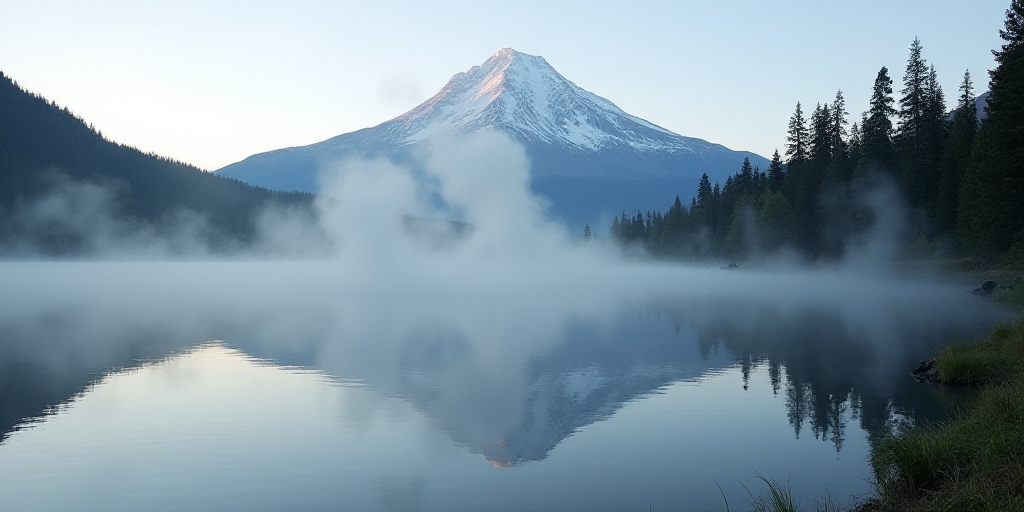Introduction
Canadian wildfires have scorched more than 5.5 million hectares this year, an area equivalent to Croatia’s size, according to recent reports from Canadian authorities. This year marks one of the most destructive wildfire seasons in Canada’s history, with 17.4 million hectares burned so far, raising global concerns about the escalating threat of forest fires exacerbated by human-induced climate change.
Historical Context and Current Situation
According to data collected since 1983, the second-most destructive wildfire season in Canada was 1995, when 7.08 million hectares were burned. This year, there’s a possibility of surpassing that record.
- As of 2025, Canada has experienced approximately 3,000 wildfires, with 561 still active as of this Friday.
- Michael Norton, an official from Canada’s Ministry of Natural Resources, stated: “This is one of the largest total areas burned for this time of year, surpassed only by the record-breaking 2023 wildfire season.”
Contributing Factors and Impact
High temperatures and drought have created a challenging spring, particularly in Manitoba and Saskatchewan provinces. Although fire intensity decreased in June, authorities warn that the next two months will be the most active nationwide, with favorable conditions for fires in regions like British Columbia.
Indigenous Canadians have been disproportionately affected, with 39,000 residents from First Nations communities displaced this year alone.
Canada has experienced warming at least twice as fast as the rest of the world in recent years. Rising temperatures linked to climate change cause less snow, shorter and milder winters, and earlier summers, which favor wildfires, according to experts.
Key Questions and Answers
- Q: What is the current situation with wildfires in Canada? A: As of 2025, over 5.5 million hectares have been burned, with 17.4 million hectares affected so far—the most destructive wildfire season in Canadian history.
- Q: How does climate change contribute to the severity of wildfires in Canada? A: Human-induced climate change leads to higher temperatures, less snow, shorter winters, and earlier summers, all of which create favorable conditions for wildfires to ignite and spread rapidly.
- Q: Who has been most affected by these wildfires? A: Indigenous Canadians, particularly those from First Nations communities, have been disproportionately impacted, with thousands displaced due to the fires.
- Q: How does Canada’s wildfire season compare to previous years? A: The 2025 season is on track to surpass the second-most destructive wildfire season, which occurred in 1995 when 7.08 million hectares were burned.






